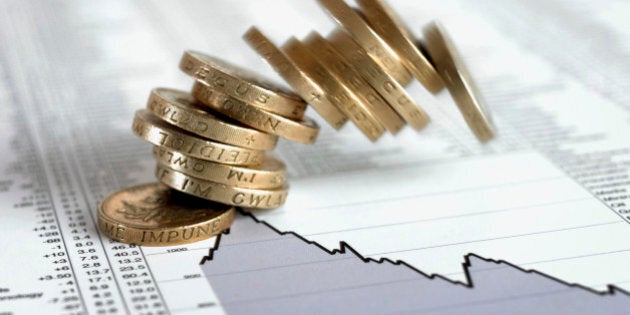
There are many ways to save and invest, and both are important to your financial well-being. We take a look at the similarities and differences of both and help inform your money-saving strategies.
What’s The Difference Between Saving And Investing?
Saving allows you the flexibility of accessing your money at any time. It is usually deposited into the safest products such as high interest saving or chequing accounts. If you’re saving for an upcoming purchase and don’t require the funds immediately, you can place your money into products like GICs or purchase government bonds which protect your principal while earning you interest after a fixed period of time. Investing on the other hand, means placing your money in financial vehicles such as RRSPs or purchasing financial products like mutual funds that will earn returns and hopefully make your richer. It is riskier than saving, however there is a tradeoff between higher risk and the potential for higher earnings.
Liquidity
Savings tend to be more liquid, which means you can access them quickly. Investments, on the other hand, may take longer to access, sometimes taking up to a week, and often requires a visit to your financial institution with signed paperwork before withdrawing.
Returns
This is where savings and investments really differ. Savings tend to offer low returns on your money. Most savings offer a 1.5 to three per cent rate. Whereas investments could offer much higher returns depending on where and how your money is invested.
Fees
Saving accounts tend to have lower or no account fees. Investments have a wide range of costs, depending on the types of investments you purchase and hold. Mutual funds can carry high fees of an average of 2.5 per cent, BNN notes, and that fee is taken out whether the fund is making any money or not. Exchange Traded Funds (ETF) have lower fees and are generally self-directed, eliminating any management costs.
Risk
Savings often have little-to-no risk to your money. What you put in the account is what you can take out of it. With investments there is a bigger risk to your money depending on the type of investments and the state of the market. You could lose a little or all of your money.
So Which One?
Both. Each serve a different purpose in your life and are part of a holistic financial plan. Meet with a financial advisor so you can create a personalized financial plan. It’s never too late.
Develop a plan that works for you. Book an appointment with a Scotiabank financial advisor today.